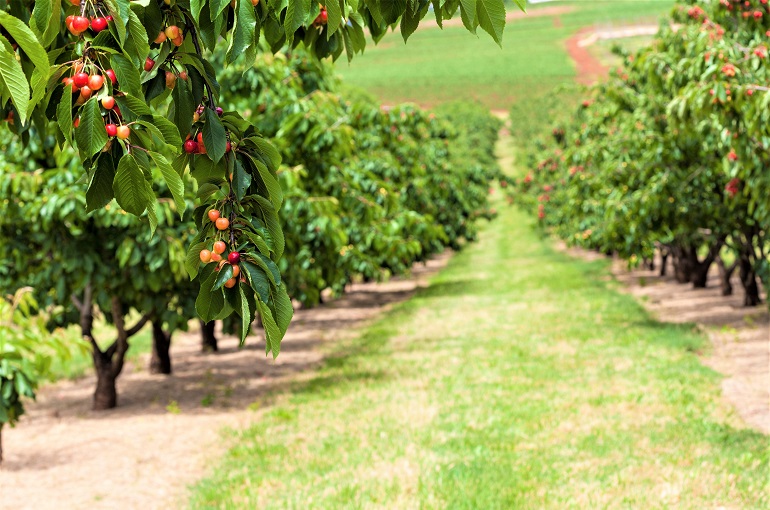Growing Cherry Trees for Profit

This post is also available in:
This post is also available in:
![]() Español (Spanish)
Español (Spanish) ![]() Français (French)
Français (French) ![]() Deutsch (German)
Deutsch (German) ![]() Nederlands (Dutch)
Nederlands (Dutch) ![]() हिन्दी (Hindi)
हिन्दी (Hindi) ![]() العربية (Arabic)
العربية (Arabic) ![]() Türkçe (Turkish)
Türkçe (Turkish) ![]() 简体中文 (Chinese (Simplified))
简体中文 (Chinese (Simplified)) ![]() Ελληνικά (Greek)
Ελληνικά (Greek) ![]() Português (Portuguese (Brazil))
Português (Portuguese (Brazil))
Summary of Cherry tree Growing Guide
Growing cherry trees for profit can be a scalable business. It is essential to know several parameters that will result in a profitable crop. Location is maybe the most critical parameter when growing cherry trees for profit. The tree thrives in certain climate conditions, and deviating from these requirements will cost the grower in terms of production. Secondly, cherry trees usually produce a satisfying yield only when they reach their 6th or 7th year in the orchard, even with high-quality management from experienced growers. The cherry tree also “suffers” from alternate bearing. Alternate bearing is the tendency of some fruit trees to produce a much greater than average crop in one year and a much lower than average crop in the following year. Alternate bearing is a common phenomenon in many fruit tree species. It causes severe labor and economic problems because the production is not the same or nearly the same (in terms of quantity) year by year, so the grower cannot plan for the same resources (i.e. harvest workers) every year. In any case, a cherry grower has to be patient and consider the costs of the first years without expecting remarkable income. Adopting suitable cultivation methods (such as, Planting, Irrigation, Fertilization, Pollination, Pruning, and Pest Control) is essential for the maximization of quantity and quality of production and all these methods represent the majority of costs.
Most cherry growers use the grafting method for the propagation of cherry trees. In most cases, seedlings are used as subjects for grafts, and they have great needs in water and fertilization during the first years in the orchard (usually the first 4 years). In the following years, their water needs normally decrease. There are many different training systems suitable for commercial cherry cultivation. The farmer must choose it wisely depending on the varieties of the cherries, his/her goals and management capabilities. Pruning usually occurs in winter and focuses on forming flowering buds and retaining the tree shape. Cherry trees thrive in well-drained, fertile, and free from weeds soil. It is essential to control weeds properly, because blooming weeds may distract bees from pollinating the cherry trees.
Remember that some varieties are self-sterile, so we must ensure cross-pollination. This can be achieved by planting one row of 1-2 compatible pollinizer varieties for every three rows of the main variety. Bees are responsible for pollination, so it is recommended to have bee colonies inside or near the orchard. From pollination to harvest, it takes from 55 to 70 days in most cases. Trees start producing fruits in the fourth growing year, and harvesting typically occurs in the summer. Harvest can be performed manually or mechanically, but in both cases, the farmer should be extra careful not to injure the fruits. After harvest, the cherries need to be cooled down and stored in an area with controlled environmental conditions. Finally, the cherries may be infested with different diseases and pests that, if left uncontrolled, may result in significant yield loss and crop failure.
Cherries: Info, Facts, Nutritional Value & Health Benefits
Plant Information of cherries
10 Interesting Things About Cherries You Probably Didn’t Know
Growing Cherry Trees for Profit
Soil requirements, preparation, and planting of cherry trees
Cherry Tree Water Requirements
Cherry Tree Propagation and Pollination
Cherry Tree Training, Pruning, and Fruit Thinning
Cherry Tree Fertilization
Cherry Tree Pests and Diseases
Cherries Harvesting and Yield per Hectare – Do you pick cherries with the stem on or off?








































































